Last week, Sergei Polunin’s powerful entrance in Marguerite and Armand was saluted with a wave of electrically charged silence: not a cough, not a sound, all eyes glued to the stage. Whether viewers held their breath because they were waiting to see if the star who stormed out of the Royal Ballet still had it, or because they were genuinely impressed, is difficult to say. Personally, I was struck by that first appearance, as it confirmed that since leaving the company amid accusations, allegations and gossip Polunin has refined his already exceptional interpretative and technical skills. His charismatic Armand is the perfect reading of the role for today. This passionate lover is brought fully to life through an ingenious artistic response to the demands and constraints of the 1963 ballet. Polunin’s Armand is second to none, not least to Rudolf Nureyev’s, the first interpreter, whom Polunin has far too often and unjustly been pitched against — an anachronistic and absurd comparison treasured by nostalgic balletomanes who live in a world of their own.
Polunin’s awesome performance was perfectly matched by Tamara Rojo’s Marguerite. She, too, left the company last July and is now back for her ‘final farewell’, performing what is correctly regarded as one of her most memorable roles. Their chemistry sparks pure theatre magic, and counteracts the many choreographically dated aspects of this ageing ballet. Their dancing provided some much-needed fizz at the end of an evening that had started on the wrong foot.
Ashton’s La Valse is a big colourful choral number that puts the entire company on the spot. While the male contingent shone with its stylistic accuracy, the female one was disastrous, from the three leads down to a number of accident-prone corps de ballet girls. Not the ideal way to start a programme. Thaïs pas de deux, to the overplayed tune by Massenet, was next, but Leanne Benjamin’s admirable Ashtonian lyricism was not matched by Valeri Hristov’s uneasiness with his role. Only Yuhui Choe and Alexander Campbell brought down the house at the end of the first part with a bubbly rendition of Voices of Spring, one of the many party pieces Ashton created out of sheer fun. Steering away from any potential cheesiness, the two tackled one of Strauss’s most famous waltzes with gusto and a nice sprinkling of contagious cheekiness.
Alas, the uplifting effect of their duet was dampened by Monotones I and II, a once fine example of modern ballet-making, which now comes across as dreary and dull, having lost most of its essence and drive over time. Not even the shimmering dancing of Marianela Nuñez, Edward Watson and Federico Bonelli made it at all engaging; beautiful as it was, their trio remained a remote, uninvolving choreographic affair.
The week was marked by another return, that of the Tanztheater Wuppertal Pina Bausch at Sadler’s Wells. After last summer’s pre-Olympic run of city-specific pieces, I was hoping to see something different from the formulaic format we were repeatedly exposed to. Unfortunately, Two Cigarettes in the Dark (1985) is yet another work in which artists come, perform their now comic now disturbing actions and go during two rather dull and crescendo-less acts. Performances such as this make one wonder whether we will ever again be able to see the works that made Bausch famous — memorably provoking stuff such as Bluebeard or the recently revisited Kontakthof – or if these titles are now out of this company’s reach.
Got something to add? Join the discussion and comment below.
Get 10 issues for just $10
Subscribe to The Spectator Australia today for the next 10 magazine issues, plus full online access, for just $10.


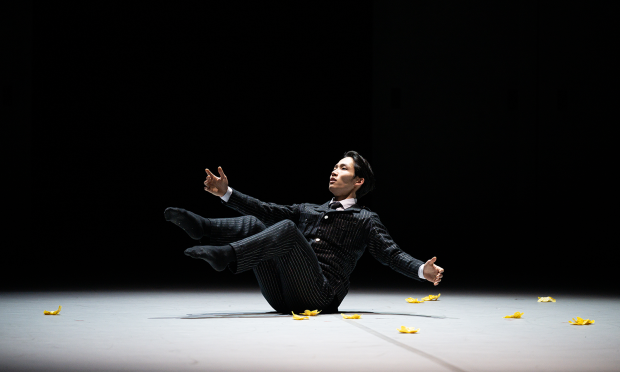
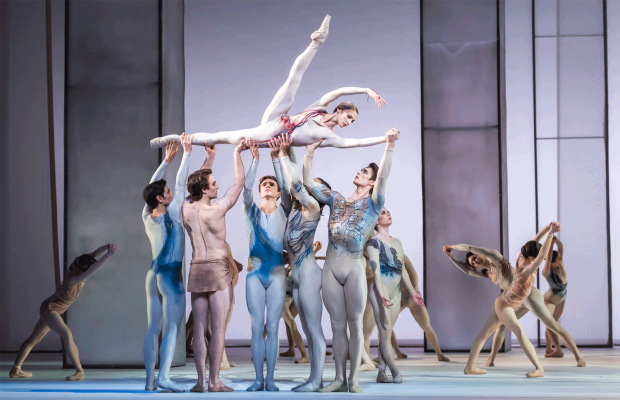
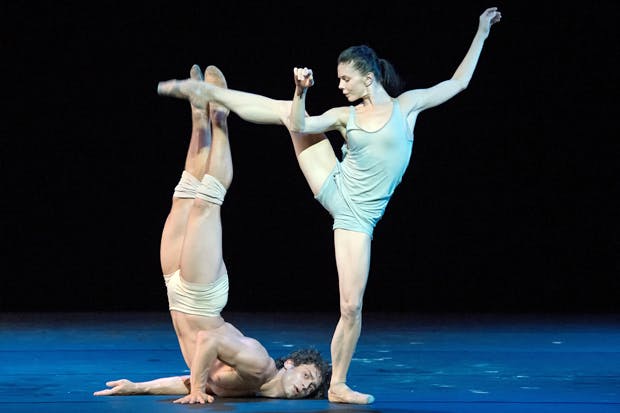
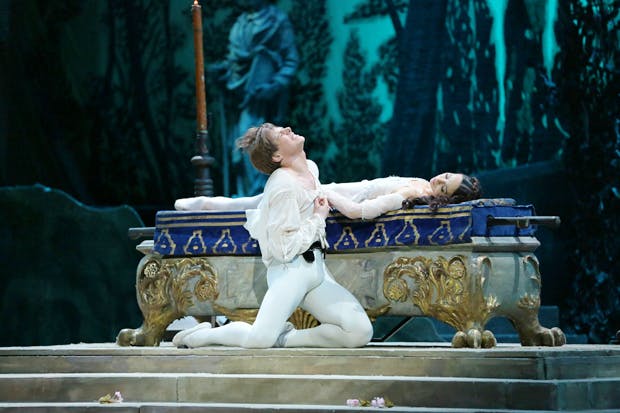
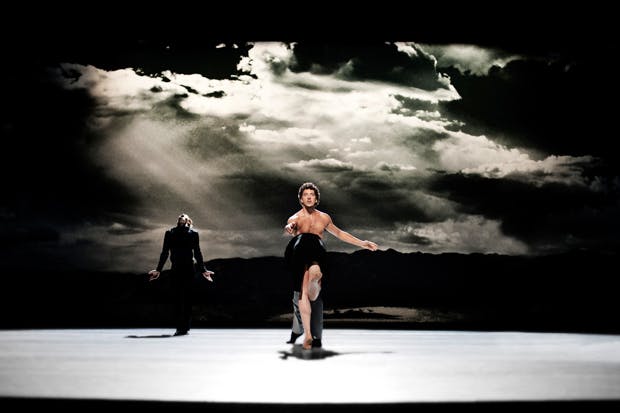






Comments
Don't miss out
Join the conversation with other Spectator Australia readers. Subscribe to leave a comment.
SUBSCRIBEAlready a subscriber? Log in